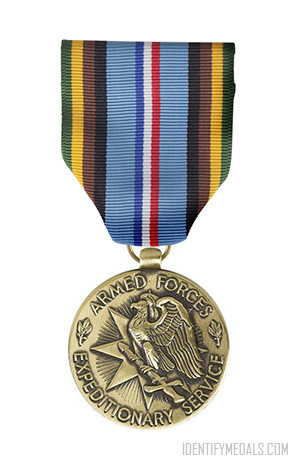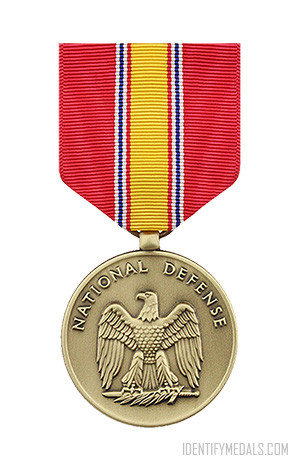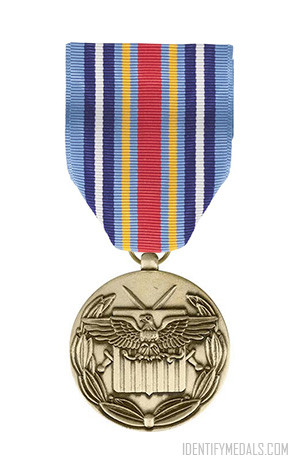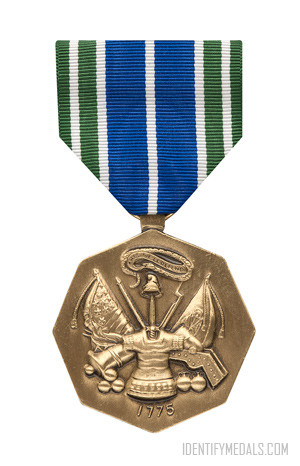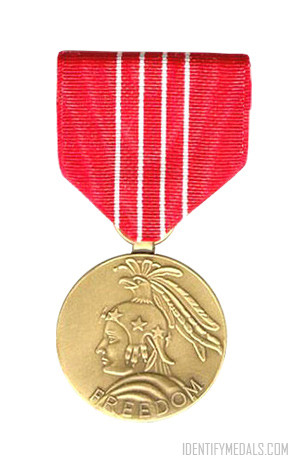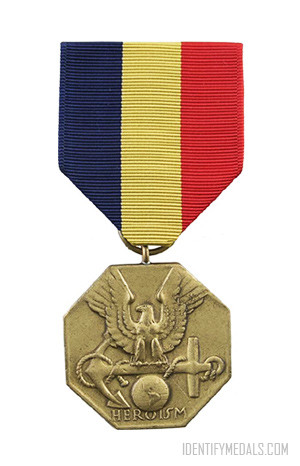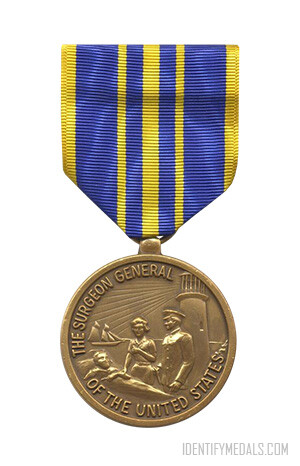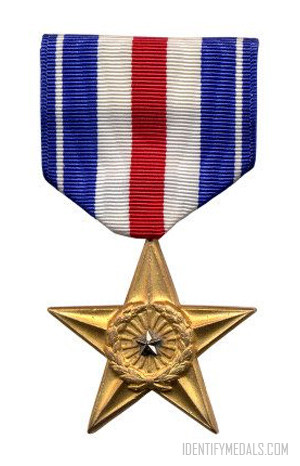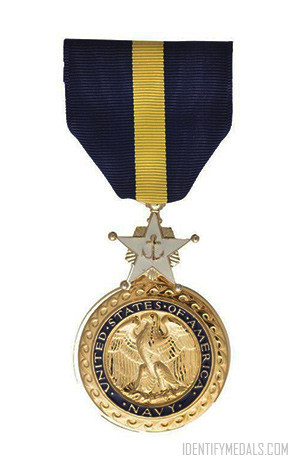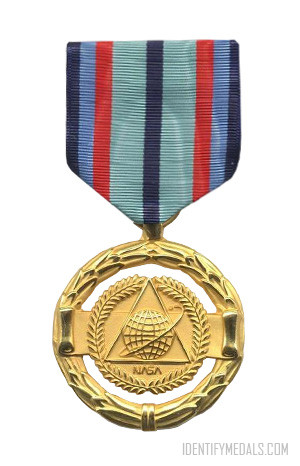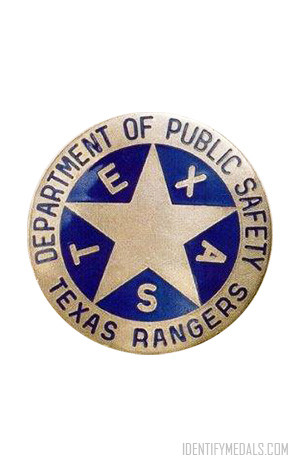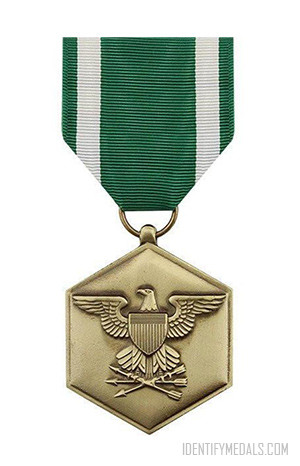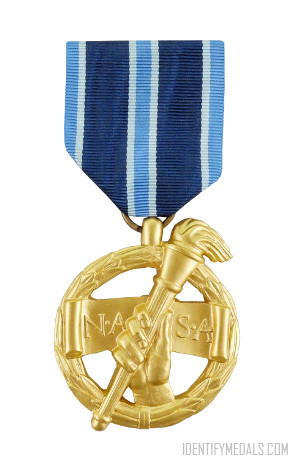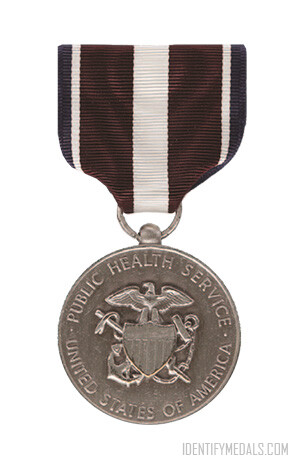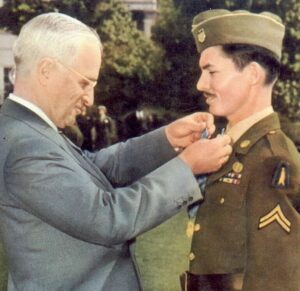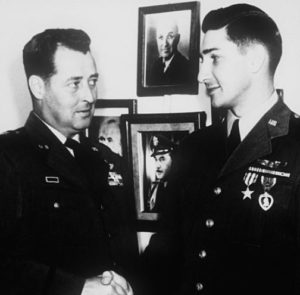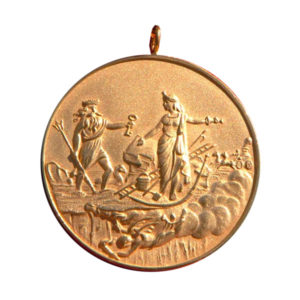- Time Period: Post-WW2
- Institution: 4 December 1961
- Country: United States
The Armed Forces Expeditionary Medal (or AFEM) is a military award of the United States Armed Force created in 1961 by Executive Order of President John Kennedy. The medal is awarded to members of the U.S. Armed Forces who, after July 1, 1958, participated in U.S. military operations, U.S. operations in direct support of the United Nations (UN), or U.S. operations of assistance for friendly foreign nations.
Since its original conception in 1961, the Armed Forces Expeditionary Medal has been awarded for United States participation in over forty-five designated military campaigns. The first was the Cuban Missile Crisis (military service between October 1962 and June 1963.) The AFEM was made retroactive to 1958 and issued for actions in Lebanon, Taiwan, Republic of the Congo, Quemoy and Matsu, and for duty in Berlin between 1961 and 1963.
During the early years of the Vietnam War, the Armed Forces Expeditionary Medal was issued for initial operations in South Vietnam, Laos, and Cambodia. In 1965, with the creation of the Vietnam Service Medal, the AFEM was discontinued for Vietnam War service.
In 2003, with the creation of the Global War on Terrorism Expeditionary Medal, the AFEM was discontinued for Iraq, Saudi Arabia, and Kuwait.
The Armed Forces Expeditionary Medal Operations
The Armed Forces Expeditionary Medal (AFEM) is awarded for participation in U.S. military operations that are designated as “expeditionary” in nature. Some of the operations for which the Armed Forces Expeditionary Medal may be awarded include:
- Operation Urgent Fury (Grenada)
- Operation Just Cause (Panama)
- Operation Desert Shield and Operation Desert Storm (Gulf War)
- Operation Uphold Democracy (Haiti)
- Operation Joint Guardian (Kosovo)
- Operation Enduring Freedom (Afghanistan)
- Operation Iraqi Freedom (Iraq)
- Operation Odyssey Dawn (Libya)
It’s worth mentioning that, while Operation Southern Watch was not explicitly designated as an expeditionary operation, service members who participated in the operation may have been eligible for the Armed Forces Expeditionary Medal (AFEM) if they met the criteria outlined by the Department of Defense.
The Armed Forces Expeditionary Medal Design
The medal is issued as a bronze medal, 1-1/4 inches in diameter. The obverse consists of an eagle, with wings addorsed and inverted (representing the strength of the United States Armed Forces), standing on a sword loosened in its scabbard, and superimposed on a radiant compass rose of eight points, (representing the readiness to serve wherever needed) all within the circumscription “ARMED FORCES” above and “EXPEDITIONARY SERVICE” below with a sprig of laurel on each side.
On the reverse side of the medal is the shield from the United States Coat of Arms above two laurel branches separated by a bullet, all within the circumscription “UNITED STATES OF AMERICA“.
The ribbon is 1 3/8 inches wide and consists of the following stripes: 3/32 inch Green; 3/32 inch Golden Yellow ; 3/32 inch Spicebrown ; 3/32 inch Black ; 7/32 inch Bluebird ; 1/16 inch Ultramarine Blue ; 1/16 inch White ; 1/16 inch Scarlet; 7/32 inch Bluebird; 3/32 inch Black; 3/32 inch Spicebrown; 3/32 inch Golden Yellow; and 3/32 inch Green.
Buy an Armed Forces Expeditionary Medal
Other Service Medals
A service medal is a type of military decoration awarded to members of the armed forces, government employees, and, in some cases, civilians in recognition of their service, participation in specific military campaigns, or the fulfillment of certain criteria. Here are related to this one:

